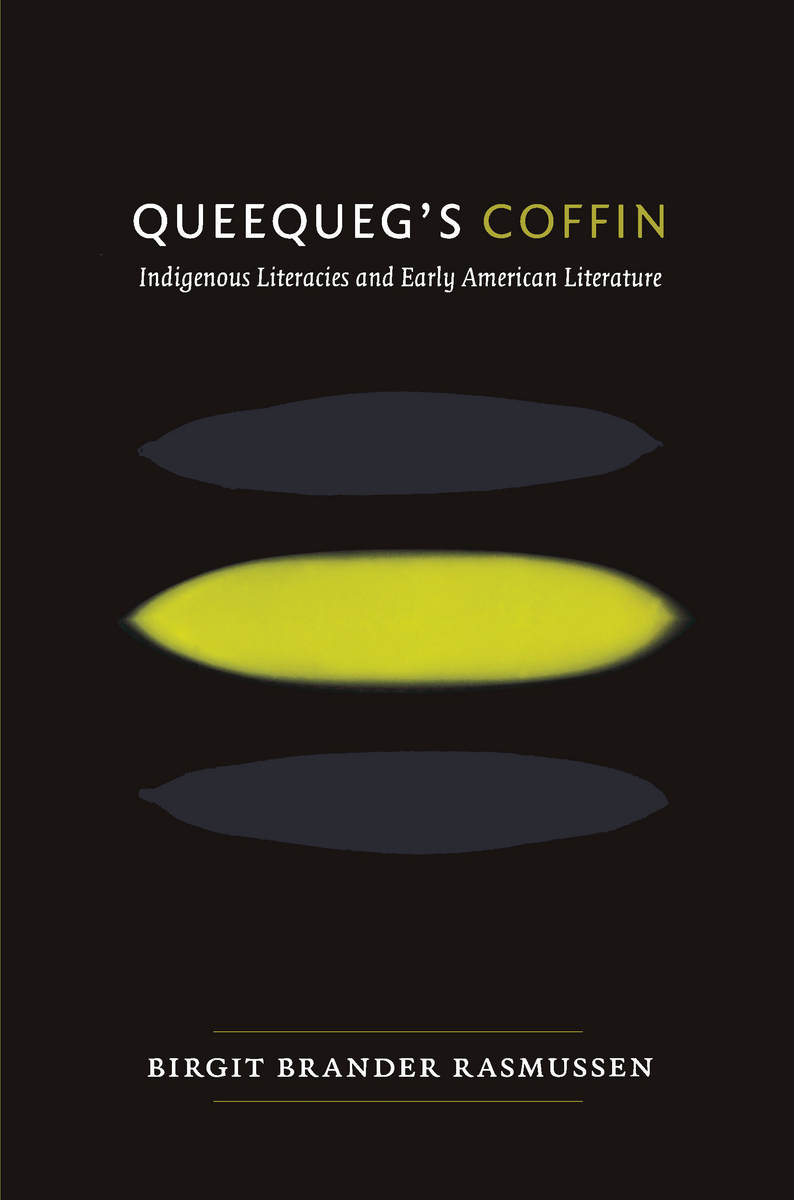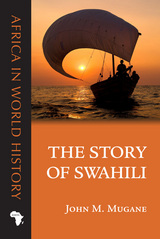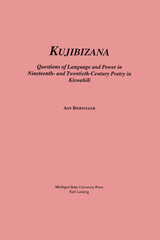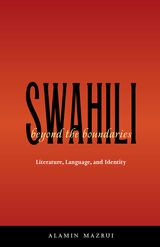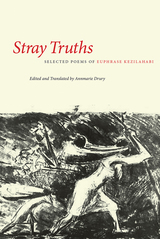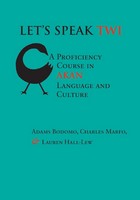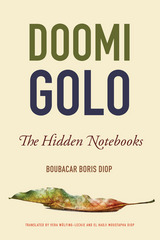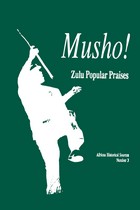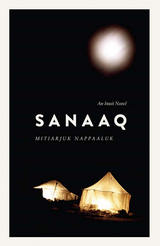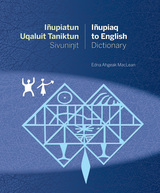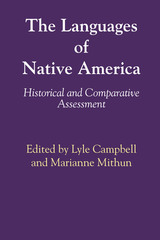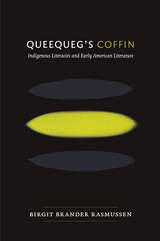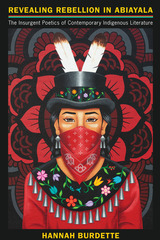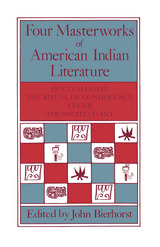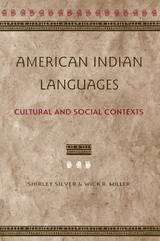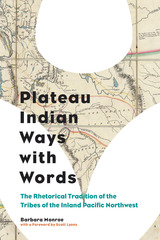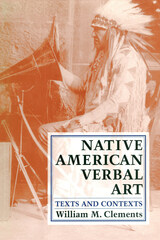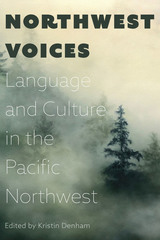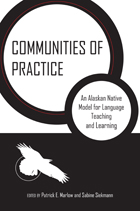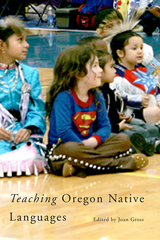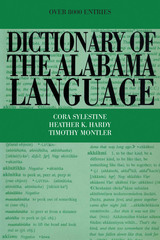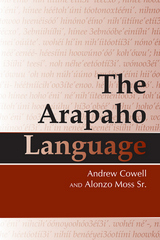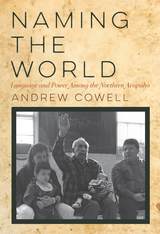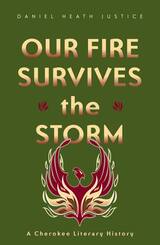"Quequeeg's Coffin sweeps away the origin stories of American literature by beginning with the encounter between European colonialism and indigenous cultures; it revises prevailing notions of 'literacy' and 'writing' by placing indigenous literary traditions alongside, and in dynamic relation to, the alphabetic systems of the colonizers; and it emphasizes the often volatile interactions between, and continuing syncretism among, vastly different notions of literacy. It is the realization of an exciting, ambitious undertaking."—David Kazanjian, author of The Colonizing Trick: National Culture and Imperial Citizenship in Early America
"In Queequeg's Coffin, Birgit Brander Rasmussen looks into the formation of the Americas beyond and below imperial and national boundaries. She invites us to rethink what 'American literature' is, to expand its purview to include not only alphabetic languages, but also non-alphabetic writings throughout the Americas. Queequeg's Coffin announces the end of an era in the national literary imagination. It opens up 'America' beyond the United States."—Walter D. Mignolo, author of The Darker Side of Western Modernity: Global Futures, Decolonial Options
“In asking literary scholars to rethink the basis of what constitutes a text, this fascinating monograph cracks open the field of inter-American literary studies. . . . In the first two chapters, she provides insightful readings of pictography and wampum as textual artifacts that were either misunderstood or denigrated by colonial explorers. The reading of Mary Rowlandson is particularly astute. . . . She goes on to provide an invigorating reading of Herman Melville's Moby-Dick. . . . Highly recommended. Upper-division undergraduates through faculty.”
-- D. J. Rosenthal Choice
“What is new, and revelatory, in Rasmussen’s study is an illumination of the intertwined archives of American literature, and a firm grasp on what it means aesthetically and politically to recognize the commensurability of indigenous and European colonial forms of literacy. The stakes for the aesthetics run throughout; the rich textures brought forth through her readings demonstrate how much literary scholarship could gain through her dialogic approach.”
-- Beth H. Piatote English
“In Queequeg’s Coffin, Birgit Brander Rasmussen offers a marvelously detailed and inventive critique of the presumption that Indigenous peoples lacked ‘writing’ and ‘literacy’ prior to Euro-contact/conquest.”
-- Mark Rifkin American Literature
“Birgit Brander Rasmussen’s Queequeg’s Coffin is an eye-opening deconstruction of the way we consider writing in early American literature. With thorough research, an extensive notes section, and concrete examples, Queequeg’s Coffin is a welcome addition to the realm of early American scholarship.”
-- Teresa Coronado Rocky Mountain Review
“This books stands as a significant (and, hopefully, not solitary) foray into what could and should be a growing corpus of scholarship on indigenous and alternative literacies in the Americas.”
-- Aaron P. Althouse Hispanic American Historical Review
